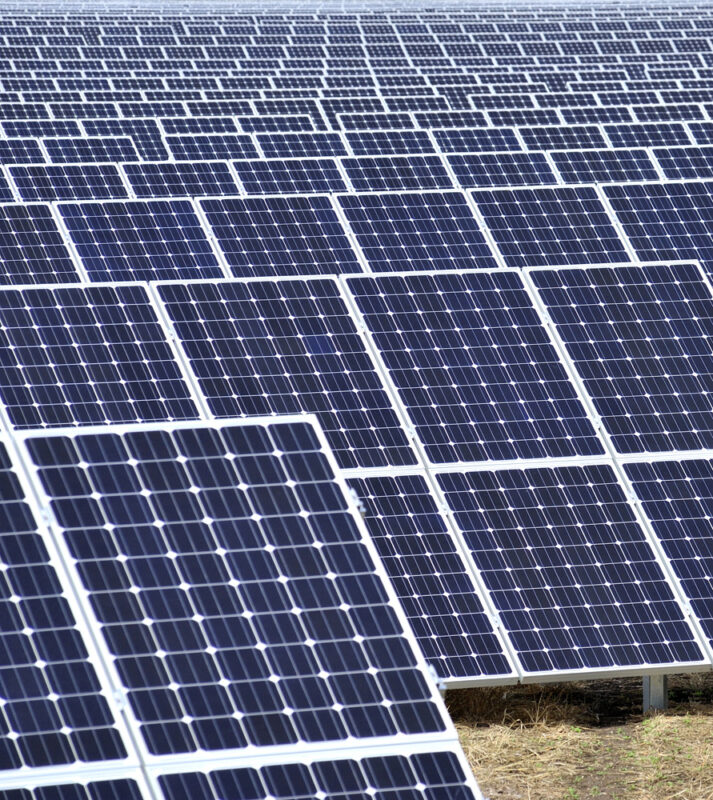
Image: Solarcentury.
The UK’s low carbon power generation capacity must quadruple by 2050 if the UK is to achieve net zero status in that time frame, with established technologies expected to do most of the “heavy lifting”.
Today the Committee on Climate Change (CCC) has published its eagerly anticipated net zero report, outlining a prospective date for the UK to eliminate greenhouse gas emissions and, crucially, what’s required for such a transition to occur.
The overriding message from the report is that the UK absolutely can transition to a net zero economy by 2050, but it can only set that as an attainable target if the government is serious and prepared to put into place the required policy to do so.
Critical to the CCC’s net zero target is an accelerated decarbonisation of the power sector. A net zero target would require all of the country’s power to originate from low carbon sources, with renewables to be complemented by nuclear and carbon capture and storage.
However given the rate at which other sectors, particularly transport, are due to electrify, the CCC has said the electricity network capacity will have to double by 2050, with low carbon generation capacity increasing four-fold.
Such an increase would mean between 540 and 645TWh of low carbon power on the system, a significant leap from the 155TWh the UK boasts today.
The committee has not prescribed any technology mix for that increase in generation, but has said that as much as 75GW of offshore wind could be deployed in order to help fill the void.
But, crucially, the committee’s chairman Lord Deben told sister publication Current± that it was expected that the cheapest options – wind and solar – would do the “heavy lifting”.
“We’ve cautiously assumed that variable renewables provide no more than 60% of generation, that is still more than the entire size of the power sector today, but we are clear that if flexibility can improve sufficiently for them to provide a greater share then that is likely to be desirable,” he added.
The CCC’s cost expectations for low carbon power generation by 2050 illustrate how utility-scale solar PV is to be the cheapest form of electricity at around £41/MWh. Offshore wind, for comparison, is expected to cost around £51/MWh.
Critically, the committee has said that for established technologies like solar to play their part, the policy ambition set by government must also match up.
The CCC has said that some generation technologies have progressed to the extent that they do not require subsidies, but still need a supportive framework to deploy at scale. This could take the means of long-term contracts attached to the wholesale price, equivalent to the subsidy-free CfD proposals that have been mooted for some time.

